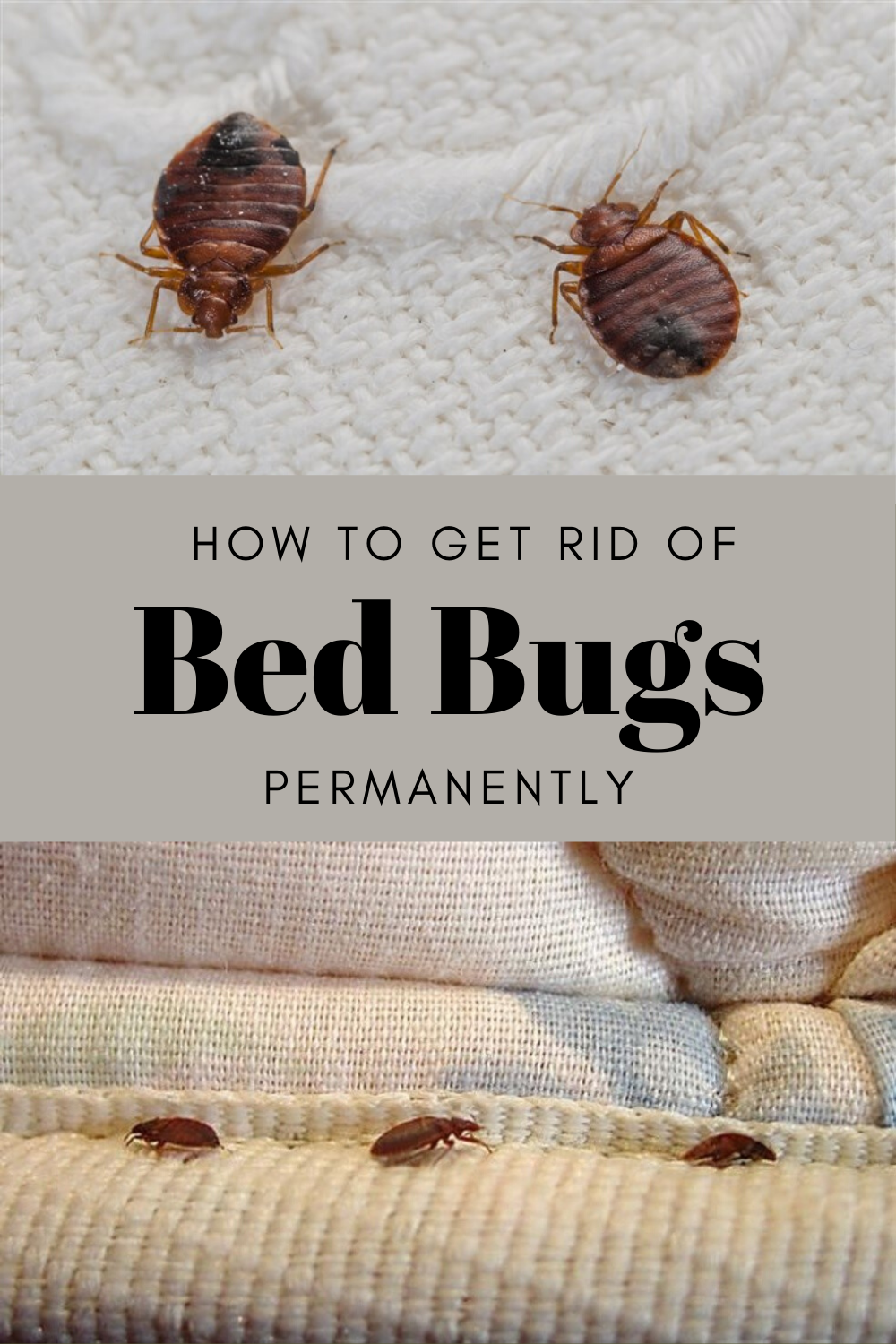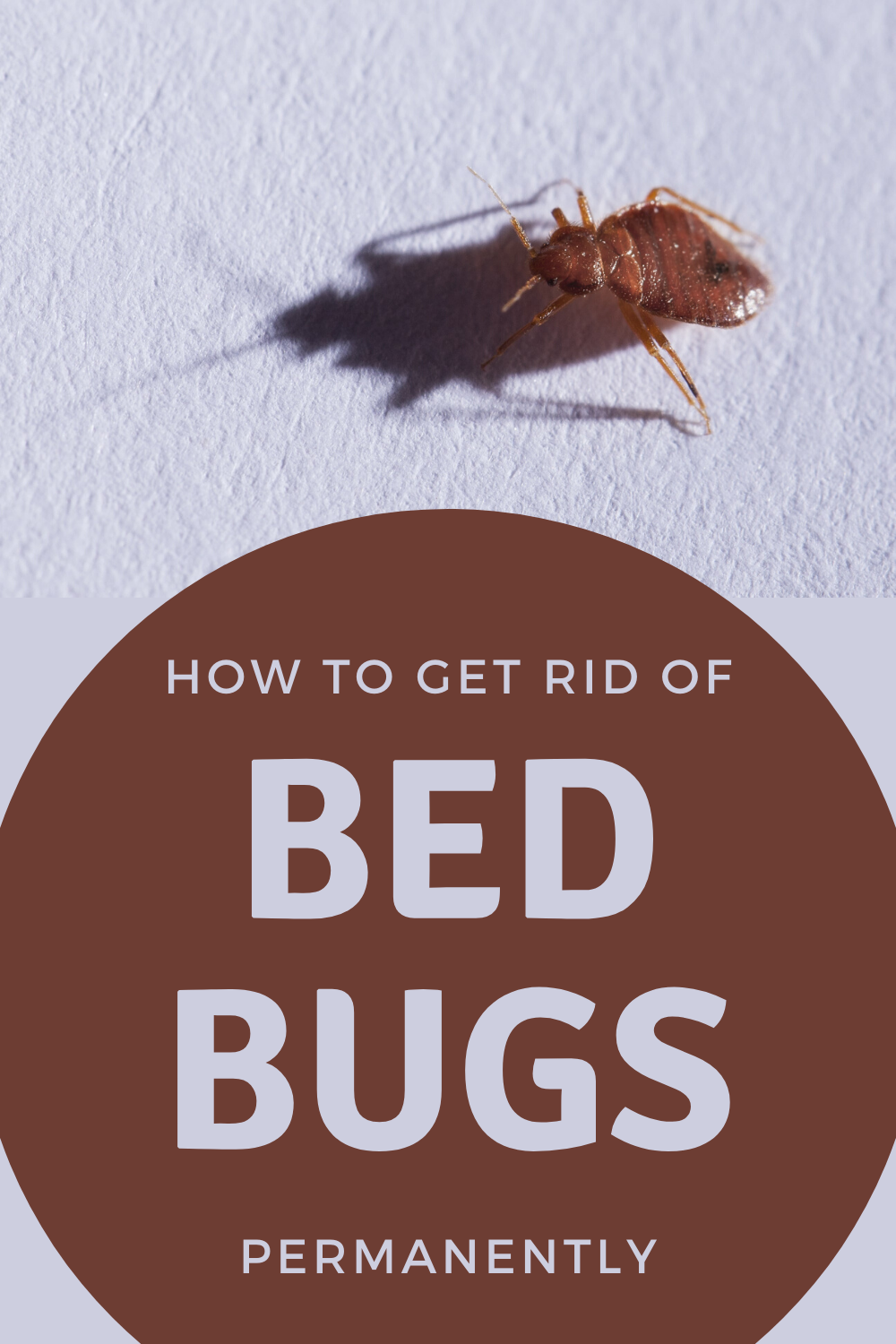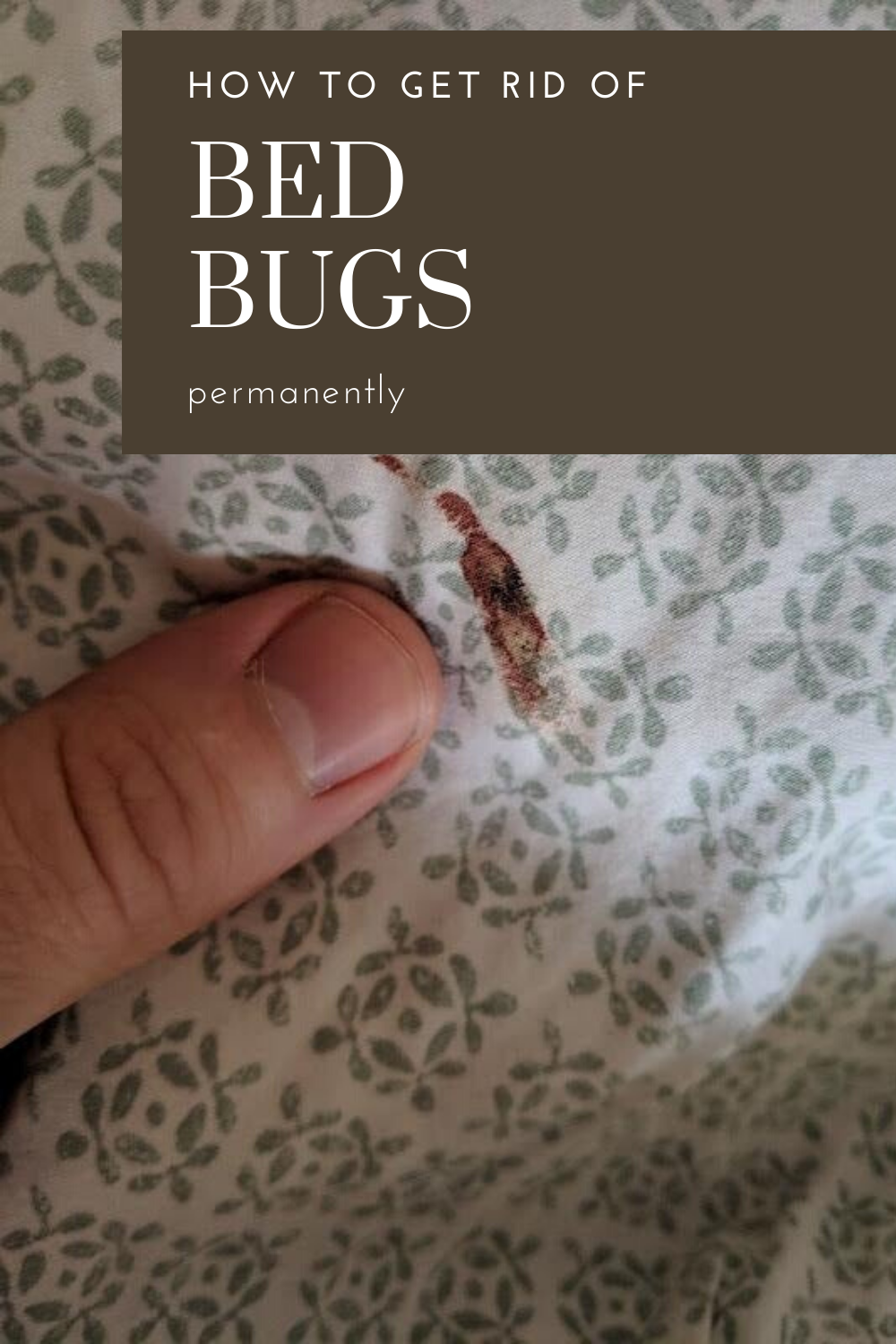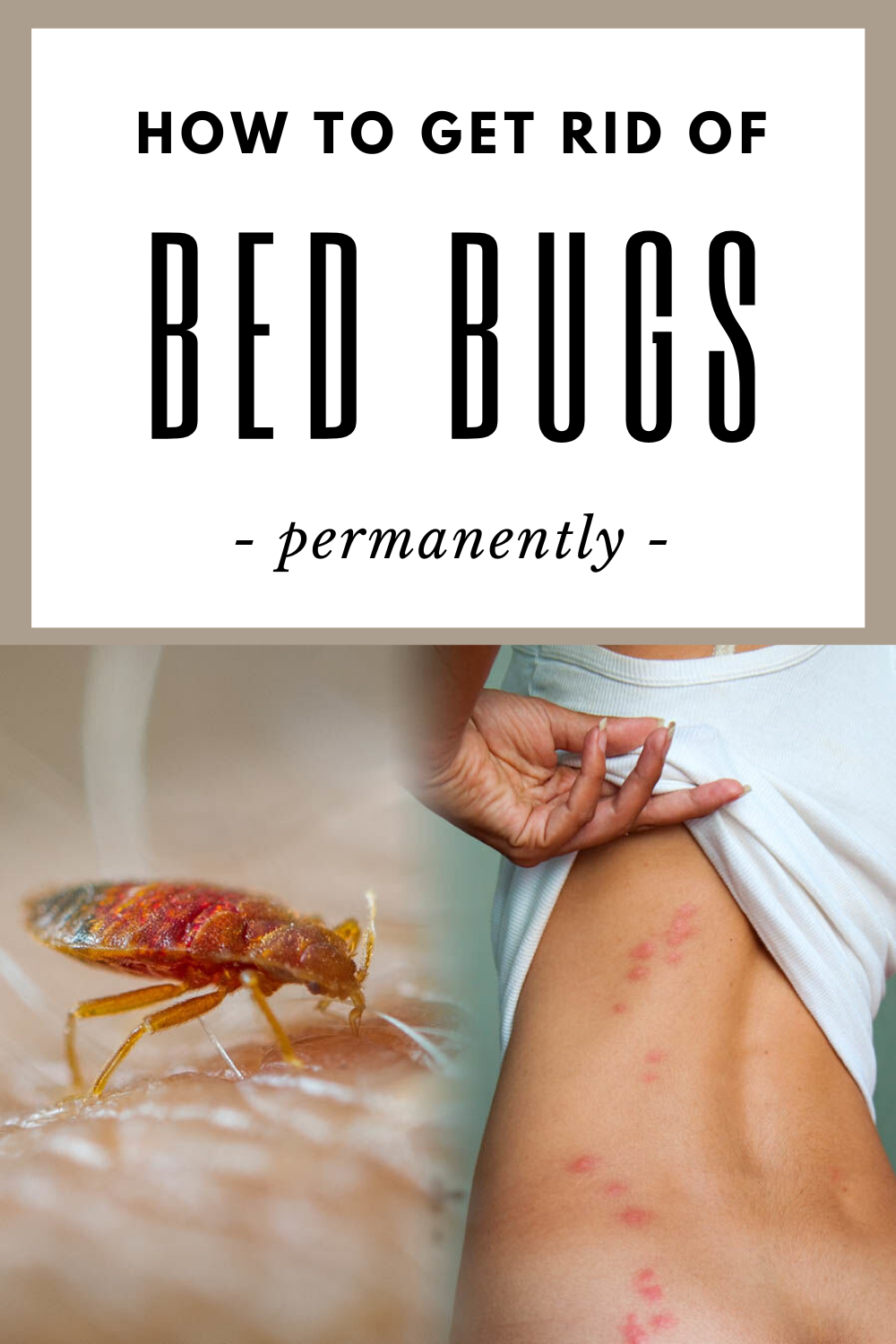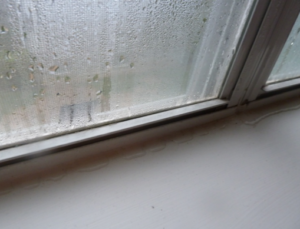There are approximately 300 insecticides available in the US for treating bed bug infestations. These are the main chemical classes:
🔴 Pyrethins and pyrethroids are the most commonly used pesticides for bed bug treatment. Pyrethins are derived from chrysanthemum flowers while pyrethroids are the synthetic equivalent. They are designed to attack the nervous system of the bugs, but some bed bug populations have become resistant to these chemicals, especially older-generation products.
🟡 Silicates such as diatomaceous earth dust (DED) are desiccants, destroying the bed bugs’ waxy, protective outer coating and killing them through dehydration. The effects are physical, not neurochemical, so bed bugs cannot become resistant to these products.
🔵 Insect growth regulators (IGRs) – examples include (S)-methoprene, hydropene – are pesticides that rely on the insects biting for blood before they take effect, making them an unattractive option.
How to apply the treatment:
The application of these insecticide products is very demanding. Spraying is not sufficient (not because the insecticide isn’t “strong” enough) because bedbugs are hiding. Therefore, this procedure should be repeated once every 10 days to completely eradicate the bed bugs.
Spray carefully the targeted areas (this includes furniture, mattresses, wardrobes, carpets etc.) with a low-pressure pump and a special insecticide against bed bugs.
What to do after applying the treatment:
Immediately after treatment, vacuum all treated areas (furniture, mattresses, carpets, etc.) at least three times. In the case of vacuum cleaner bags made of paper, we recommend throwing them away after each vacuum. Textile containers should be emptied and properly sealed before being thrown away.
The infested linen should be washed at 60 degrees Celsius or higher. Fabrics that cannot withstand this temperature should be sealed and thrown away.
Performing these operations is very important because they remove bed bug eggs that can hatch into new populations.
❗ It is important to note that no insecticide can kill these eggs!
![]()

